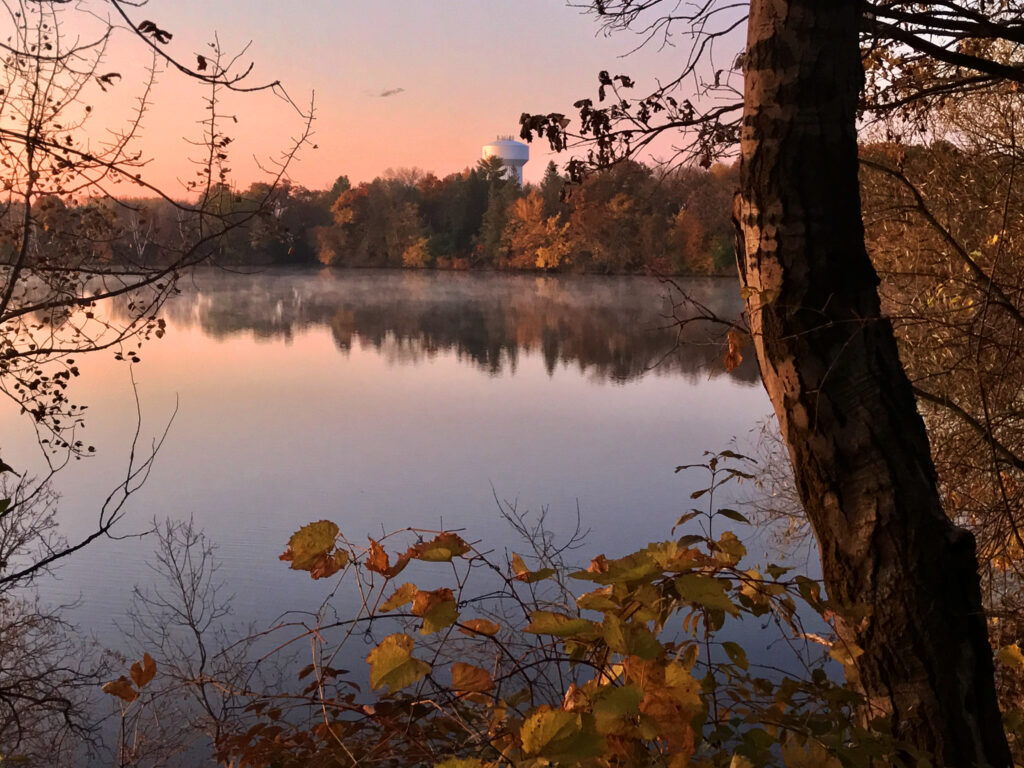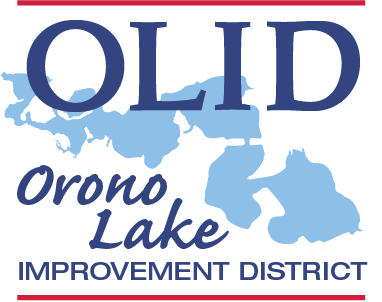
Lake Orono is a lake created by a dam at the end of a river. As such, it has a very large watershed, or area that affects its water flow and quality. The watershed consists of 70% of Sherburne County and 40% of Benton County; a ratio of watershed to lake of 1260:1.
Watershed Basic: Runoff
What is not absorbed by the soil or is left on high-runoff areas such as driveways, roofs, and decks runs off into streets and ditches. Storm sewers and ditches funnel the water to the river and/or lake. This water is untreated and carries debris and pollutants with it.
Lake Orono Water Quality Committee
In 1995, a joint committee composed of members representing the Lake Orono Improvement Association, the City of Elk River, and Sherburne County Soil and Water Conservation District was formed to address the sedimentation of Lake Orono. After successfully completing the lake dredging in 1998, this group decided to continue and address water quality issues. As LOIA has dissolved, the OLID is the partner that represents lake residents.

Volunteers test the lake for Chlorophyll-a (how green the water is), Total Phosphorus (how much of this nutrient is in the lake), and Secchi Disk testing (water clarity) from May through September. The overall trend is that the water quality is improving.
The City also tests for ecoli (a bacteria that if swallowed, can make someone ill) from Memorial Day through Labor Day. See Beach Testing.
Increased water quality testing and analysis
Improve water clarity and quality in both Upper and Lower Lake Orono by further pinpointing harm sources and implementing a reduction plan.
2020 Budget: $500 – Actual $735
2019 – Volunteer bi-weekly collection of dissolved oxygen and water temperature data; completed. Analysis by the Sherburne Soil and Water Conservation District (SWCD) determined that these were not factors causing reduced water clarity in Lower Lake Orono. The recommendation was to consider adding True color, Total Suspended Solids and/or Zooplankton testing. Zooplankton testing has been costed.
2020 – True color and Total Suspended Solids chemical water sample collections were added and analysis of the results was completed. Analysis by the Sherburne Soil and Water Conservation District (SWCD) again determined that these were not factors causing reduced water clarity in Lower Lake Orono. The recommendation was to consider adding Zooplankton testing and further examine stormwater inputs to the south basin. Both recommendations are being explored by the Lake Orono Water Quality Committee (LOWQC).

